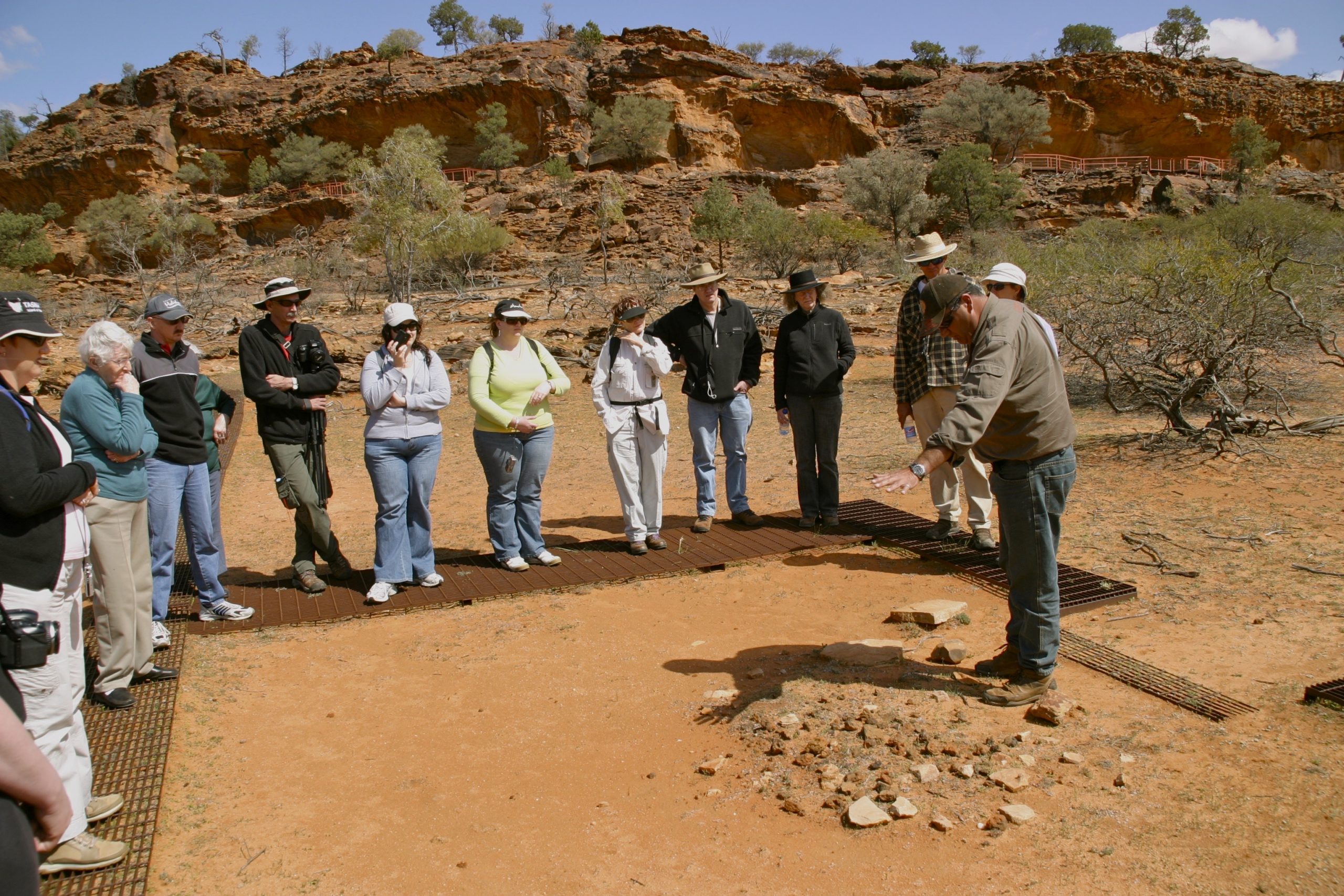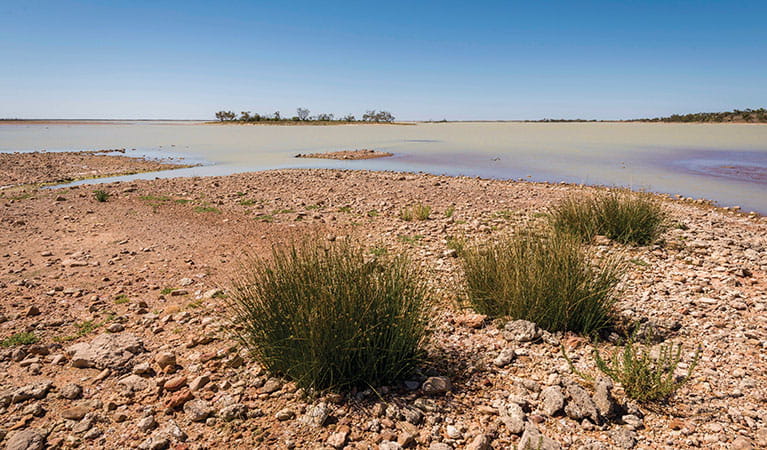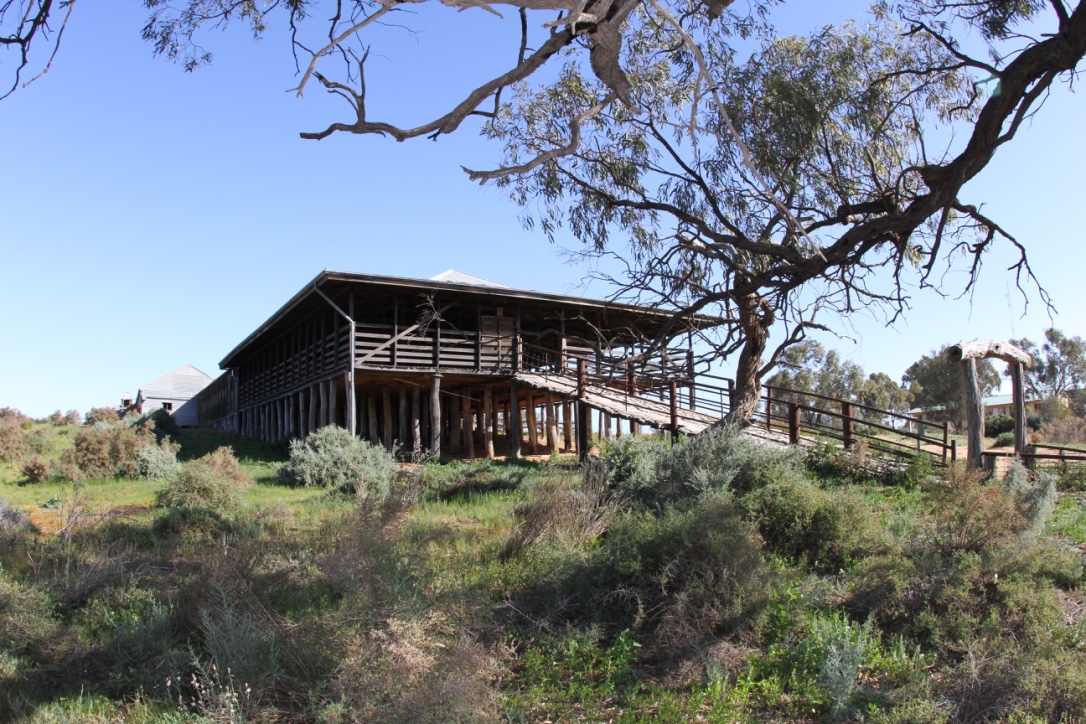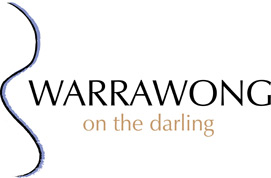explore

Mutawintji National Park
Is a special place; you can feel it when you’re there. You may not be able to quite put your finger on what it is, but the beauty and tranquillity of this place will remain with you long after you leave. Mutawintji has been a significant place in the lives of local Aboriginal people for a long time. In years gone by it served as a place for large gatherings where business, social and cultural interests were furthered. In 1998, after a long struggle by the traditional owners, their land was returned to them. It is now held by the Mutawintji Local Aboriginal Land Council and a Board of Management oversees the operation of the park. Mutawintji National Park Historic Site tours are accessed through local tour operators. Contact the Broken Hill Visitors Information Centre for more information or NPWS Broken Hill Office for further information.
Paroo-Darling
National Park
The Paroo-Darling Visitor Centre is located in White Cliffs. There are five different locations that make up Paroo- Darlig national Park. Peery Lake near White Cliffs, Mount Murchison and Wilga between Wilcannia and Tilpa the Coach and Horse Campground is also located here 52 km from Wilcannia, Tilpilly, Coonavitraon the Barrier Hwy at Emmdale. These are centered on the Paroo River wetland system, one of the most regular flooded systems in Outback NSW. Peery and Poloko lakes and their associated wetlands form part of the Paroo River overflow, the only unregulated river in the Murray-Darling Basin. This free-flowing river can still sustain its rich and diverse ecosystem. A great place for bird watching, photography, fishing and camping/caravanning.


Kinchega National Park
Kinchega National Park 145km from Wilcannia was once part of the Kinchega – Kars pastoral lease held by the Hughes family since 1870. At its greatest, the property extended from Menindee to Broken Hill and covered an area of over 800,000 hectares. In 1967 the Kinchega section of Kars lease was dedicated as a national park. The park now covers an area of 44,000 hectares. The last shearing was held in the woolshed in 1967 when the 6 million sheep was shorn as part of a ceremony dedicating the park.
